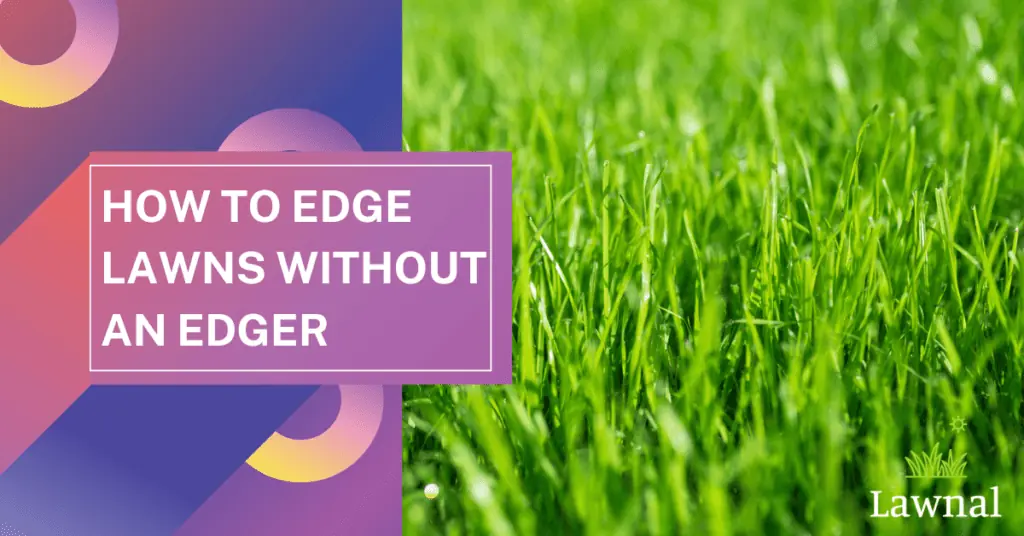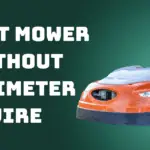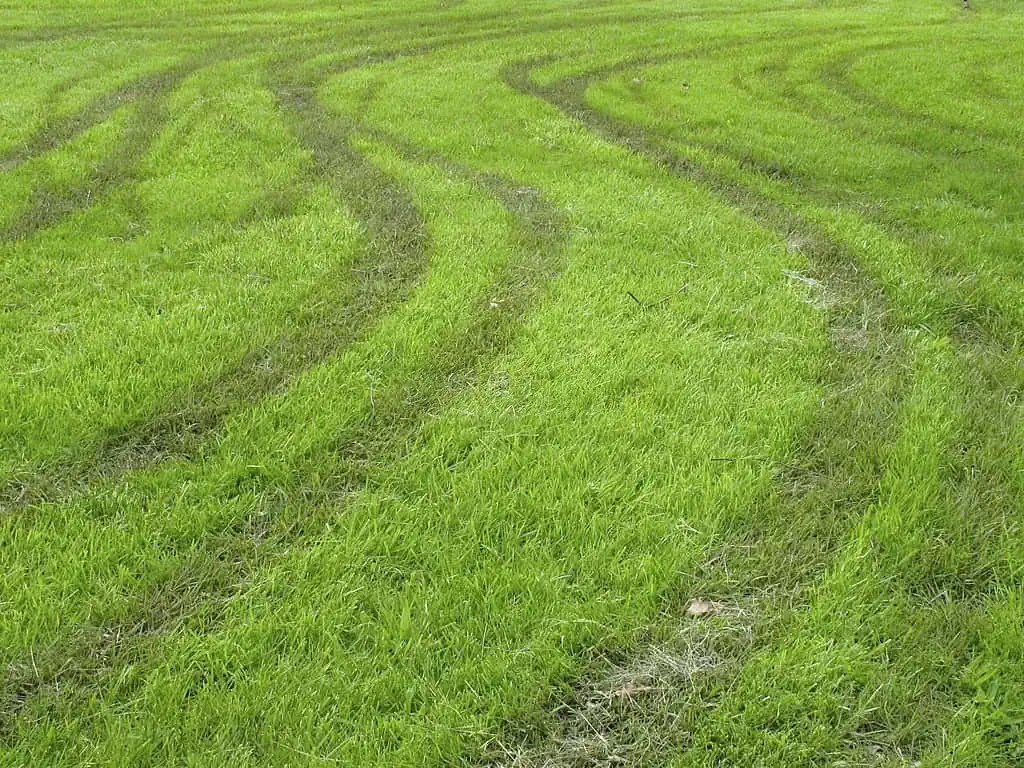Many homeowners imagine that lawn growth is all about a fully green and lush spectacle. But having a pristine lawn in your yard takes attention to finer details. One such detail is edging your lawn, which can make a difference.
Edging gives your lawn a crisp appearance on the edges, meeting sidewalks, driveways, or other obstacles. That gives it a clean and bold look from any side of your property. However, you must wonder about the perfect tool to edge your lawn.
While an edger goes a long way, not everyone has one. Thankfully, many quality alternatives to edges come in handy to trim your lawn’s edges. They are discussed in detail below.
Edging Your Lawn Without an Edger
You can get the lawn edge you desire for your yard without going overboard with an edger. It sure helps when you have the following alternatives to count on:
Use a Manual Lawn Edger
If you don’t use the real thing, use a close sub. Manual lawn edgers are also called rotary edges and are great for cutting new edges into an overgrown lawn. How do they work? Spinning a circular serrated blade on lawn edges that meet pavement or some grass boundary.
A manual lawn edger is perfect for minor edging around your yard. It could be tiring with a higher space where you must go from one end to the other. That’s why serious edging would require a bigger and more precise tool.
In addition, getting the best results or clean cuts with manual edges mean going back and forth over the same spot multiple times. That is perfectly normal for a small lawn area.
Get a Flat Shovel
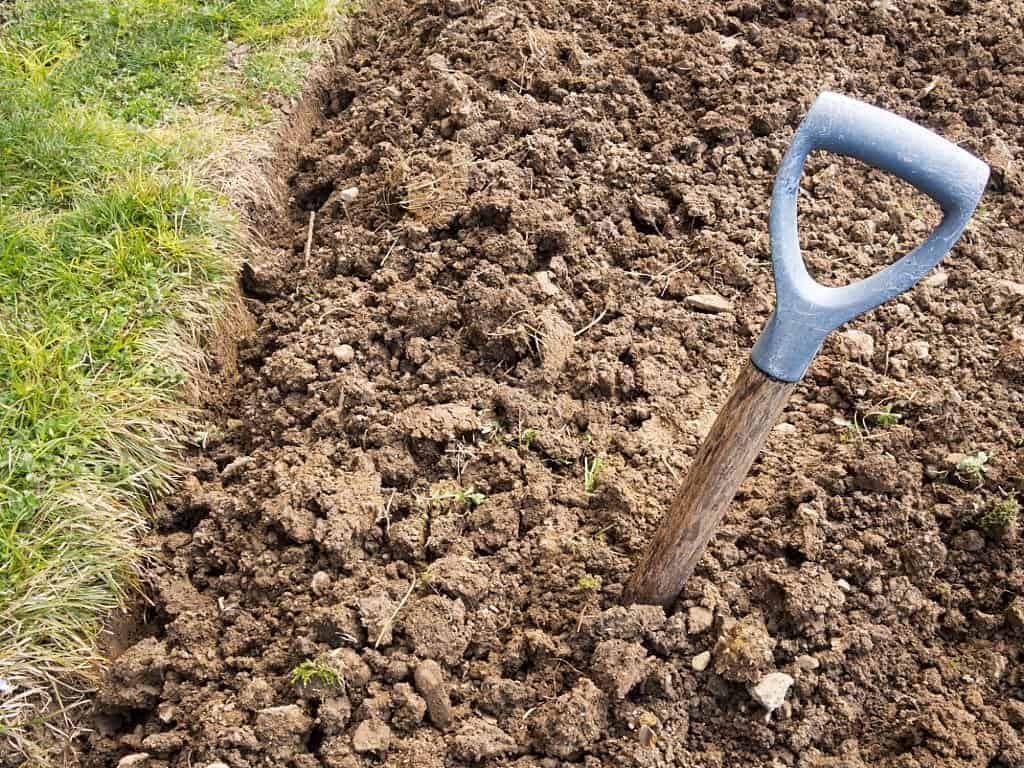
A flat shovel works wonders for your lawn edges. Regardless of the type or design of the shovel, what matters is a flat head to edge your lawn nicely. Many landscapers swear by this method because it is efficient and effective, especially for a small yard.
It also makes sense to use a flat shovel because it’s an easy tool already present in most homes. Additionally, shovels help you achieve a precise trim at the edge of your lawn. You can also move as much turf from the lawn with a shovel. Your property might need comprehensive cleanup, and you can achieve that with a flat shovel.
Like a manual edger and other tools you’ll read about, a flat shovel takes time and effort. It is undoubtedly precise, but get ready to spend more time digging out the whole perimeter of your yard by hand. That’s a challenging feat. However, if your yard is small or you love yard work, a flat shovel for edging always delivers.
Half Moon Edgers

Much like their other manual counterparts, half-moon edgers can give you the trims you desire. They come with a wooden handle attached to a blade shaped like a half-moon.
With this shape, you can put alternating force on the blade while edging your lawn. While cutting in a rocking motion, place your weight on one side of the blade to cut through rough patches of grass.
Half-moon edgers will get the job done but also have disadvantages. One is working very hard on your lawn to get a crisp edge. Another disadvantage is that you might not have this tool lying around. That means going to a store to buy one.
Further, cleaning up the mess after edging takes some work. For example, if you’re cutting off large amounts of material from your lawn’s edges, it’s challenging to scoop it up with the half-moon edger. A rake or shovel will suffice to gather the material. So, you can stick with a shovel, especially if you already have one.
Cut With Lawn Shears

You’re probably wondering, “another classic tool?” Lawn shears do an excellent job of edging your lawn, much like a flat shovel. Unlike the shorter ones, you can walk along and snip any loose or overhanging grass blades without bending over to reach the ground.
Lawn shears are effective, but it’s hard to use them over a lot of lawn that needs edging. It is labor-intensive, so the bigger the yard, the harder it gets to cover and achieve precise cuts.
Experts recommend using the shears over a small area or taking moments over large areas, especially if the tool is all you have. If you feel great and love yard work, it’s a great way to exercise and get personal with your grass.
Use a Reciprocating Saw

Another tool that you can use to edge your sidewalk and other areas of your home are a reciprocating saw. It’s an excellent alternative to edgers, even though they’re mostly used in the construction industry. That said, many landscapers and gardeners use these saws to make light work of grass edging.
Reciprocating saws are lightweight and will easily cut through various things. One such thing is your grass, regardless of the grass species and the edge you desire. However, reciprocating saws have their disadvantages.
Firstly, these saws are expensive and often cost hundreds of dollars, so only some property owners can afford them. In most cases, people buy them to perform more than lawn edging since the saws can ideally cut grass.
Secondly, expect some strain on your back while using a reciprocating saw. Moving along the grass perimeter, you will have to bend over at different stages of the process.
Thirdly, if you have the wired version of a reciprocating saw, you’ll likely experience more strain moving around the yard with an extension cord. The cordless saw will take some extra bucks from your pocket. However, you can forget these cons and settle on the best part: reciprocating saws smoothly cut and edges your lawn.
Get Low with a Utility Knife

A utility knife may be the only option you have to give your lawn the edge it deserves. Utility knives are mostly used when laying down new sod, but their usefulness extends beyond that. Now, your average box cutter can help you achieve some precise trims.
How to use a utility knife? Get low and dirty on your lawn, and use the knife to trace the edges of your yard. As you’d expect, this would be labor-intensive, but if you have a small area to cover, you can quickly get it done. For larger areas, it’s best to use something less straining on your body.
The Good Old Lawnmower
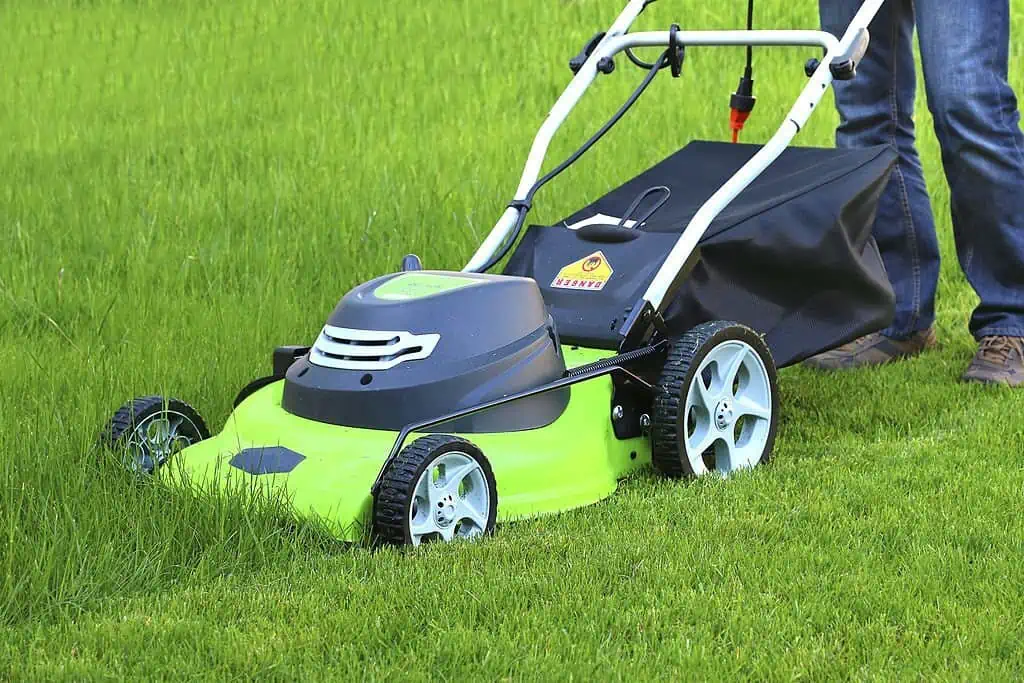
Picture having a mower as the only reliable alternative to edgers. Sure, mowers were not originally intended to edge a lawn, but they’re decent alternatives to the real thing. Additionally, it’s all about how you set them up to trim the borders of your lawn.
A lot also depends on your yard’s layout. For example, you might struggle to cut out a good edge if you have an uneven yard with grass all over the place. It’s also a big ask to maneuver a lawnmower around the perimeter of some lawns. If your yard has boulevards with curbs on one side, you’ll likely experience some problems edging with a mower.
Knowing how to go about your yard’s edges with a mower will serve you more than several tools discussed here. Moreover, using a lawnmower is less tedious and physically demanding than other manual options.
Lawn Edger and Weed Wacker: The Same Thing?
Some people confuse a weed wacker with an edger because they do the same thing. All you need is a steady hand to use these tools to run a DIY for the perfect lawn edge. However, a weed wacker is a different tool from an edger.
A lawn edger is a unique tool built to create straight, clean lines around your lawn. It comes with a rotating blade to dig down into the dirt.
Moreover, an edger makes a tiny trench around your border to delineate between your lawn and landscaping. That makes it the preferred method to extend your lawn to landscaped beds without creeping into your landscaping.
While an edger offers a clear and attractive transition, a weed wacker uses string to reach areas your mower cannot reach. For example, large trees, buildings, and other structures might prove challenging to use a lawn mower, but a weed wacker goes the extra mile.
Why is Edging Important to Your Lawn?
Firstly, you can have a healthy grass yard without edging around the borders. But you might feel something needs to be added when dealing with places that mark your lawn, including sidewalks and other paved areas. In line with that, here are some reasons why edging is essential:
- Edging your lawn will increase curb appeal around your yard and home. It gives your lawn an incredibly tidy and crisp appearance.
- Edging with proper tools delineates clean lines between your lawn and landscaping features. This adds definition to your grass.
- Your walkways, driveways, flower beds, and other areas bordering your lawn are free of grass and weed.
- There’s no hiding place for the grass or even weeds. That’s because edging prevents them from getting under driveways and the like and causing cracks.
- Edging will keep older materials like mulch and gravel in place.
- It serves as a visual barrier to help direct people to walk or drive in certain areas, not others.
- Lawn edging will always add value to your home, so you can set the right price when considering relocating.
Conclusion
Edging a lawn is one of the best ways to bring out its unique style and beauty. One way to do that is by using a lawn edger tool. If you do not have one, there are many alternatives you can count on. Thankfully, some alternative tools or equipment are mainstays in the home.
Tools like shovels, utility knives, and lawn shears can add a crisp, defined appearance to your lawn’s borders. These tools will keep your grass and weeds honest and off your curb, walkways, and driveways.
Regular edging is necessary depending on how fast the grass grows and the nature of your property. It’s essential to keeping your lawn green, clean, and vibrant.
Now that you know the best alternatives to lawn edgers, choose the best tool that works for you. Most manual tools require focused effort and labor to edge your lawn. But if your yard is relatively small, you can achieve beautiful results with any edging tool.
